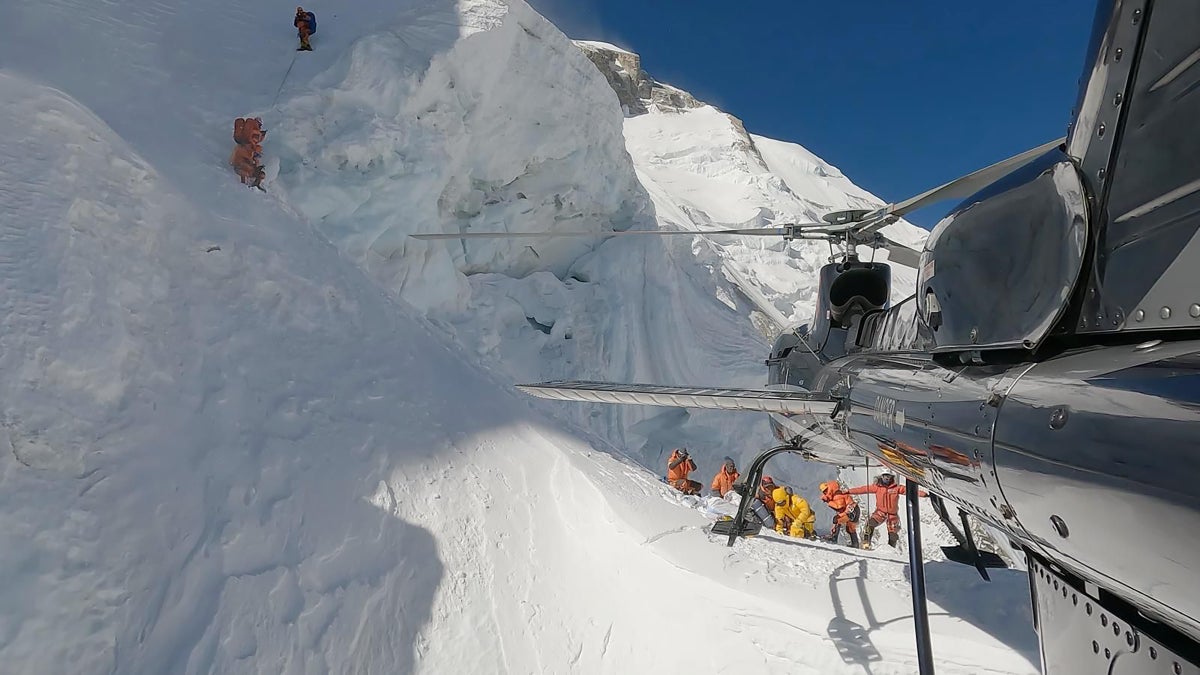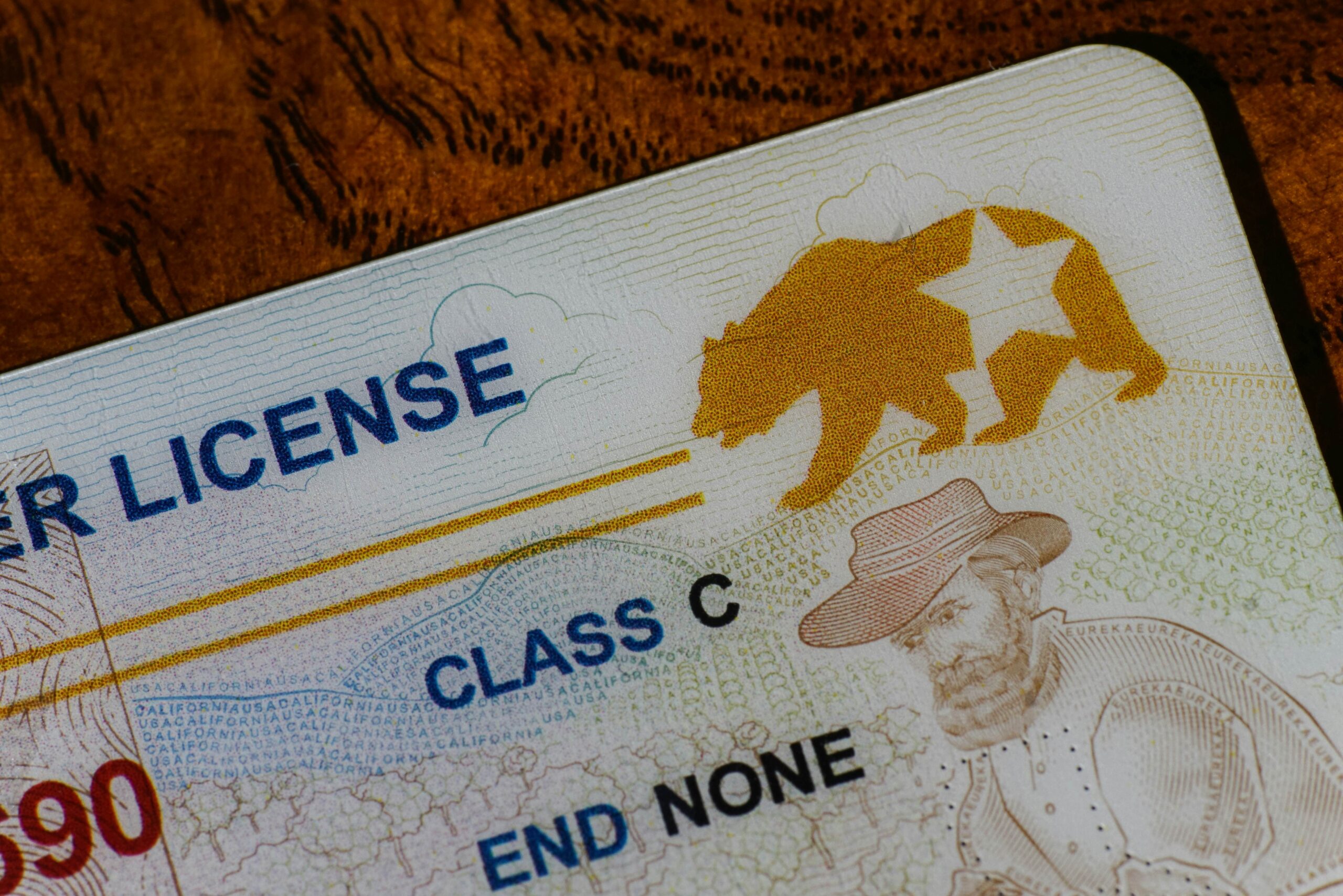
On Easter Sunday, an Italian helicopter pilot named Simone Moro received word of a SOS call on 26,545-foot Annapurna in Nepal. Moro told Outside that a Ukrainian climber was suffering from altitude sickness and exhaustion, and he was stranded at Camp III at 21,500 feet.
The climber’s guiding company, Seven Summit Treks, asked Moro if he could fly his helicopter to that elevation to save the man. Moro has flown rescue missions in Nepal during the spring mountaineering season since 2013. He’s also a legendary alpinist, and has been twice nominated for climbing’s Piolet D’Or Asia award.
“They told me the rescue was in Camp III, and I’ve never landed in Camp III,” Moro told Outside. Moro has climbed Annapurna before, but he ascended the so-called French route, and not the Dutch Rib route that the Ukrainian climber was on. The one thing Moro did know was that the flight would be dicey.
“I know where the camps are,” he added. “I figured out where it was and I went to Camp III. It was a small landing spot, and the problem was the very very strong wind.”
Flying a helicopter in the Himalayas is a harrowing job. The mountainous terrain is difficult to navigate, and violent weather systems appear without warning. The air is thinner at extreme altitudes, and each rotation of the helicopter’s blades generates less lift than it would at lower elevations. Simply staying aloft at extreme altitude requires pilots to operate close to the performance ceiling of their aircraft with little or no room for error.
“You have to be prepared, technically, physically and also mentally,” Italian pilot Maurizio Folini told climbing website PlanetMountain.”During the mission you feel in control thanks to the helicopter itself which you need to know in minute detail, and thanks also to years of experience that enable you to deal with all technical and natural parameters like wind, altitude, and clouds.”
As Moro flew up Annapurna—which is located 165 miles east of Mount Everest—he encountered strong and gusting downdrafts, which prevented his helicopter from maintaining a steady flight path to the landing zone. Unable to perform a hover test—in which a pilot hovers above the landing zone to make sure that the helicopter has adequate power to land safely—Moro instead flew toward a narrow ledge on the mountain.
“I like to keep a certain speed and arrive at the landing spot quite quickly,” Moro said. “The speed is helping you use less power and to keep the nose of the helicopter more steady. Honestly, the landing zone was not so big, and I had to be careful not to hit the blades against the ice.”
Nepal requires all helicopter pilots to fly using what it calls Visual Flight Rules, or VFR, which means the pilot needs to maintain a clear line of sight at all times. A sensible rule, as Himalayan pilots are fond of saying that in Nepal, “all the clouds have rocks in them.”
In 2023, Nepali authorities grounded Moro after he successfully landed his helicopter at Camp III on Mt. Everest at 23,000 feet to rescue a climber. Officials deemed this landing to be above the permitted operating ceiling of the aircraft. Moro told Outside that his license in Nepal has since been reinstated.
On Annapurna, Moro touched the helicopter down on a tiny ledge chipped out of a corniced ridge by rescuers on the peak. With the blades still spinning, the team opened the helicopter door and loaded in the sick climber with a few empty bottles of oxygen. Moro waited for a brief moment of calm between wind gusts to take off and fly back down to Annapurna Base Camp at 13,550 feet.
Video of the ordeal circulated online shortly after he returned safely to Kathmandu.
According to Moro, this was just another day at work for any of the elite helicopter pilots in Nepal. “I don’t want to describe this rescue as something heroic or special, but for sure it wasn’t easy because of the conditions,” he told Outside.
Moro is one of a few dozen pilots who fly these missions in the Himalayas every year. Pilots work for one of many helicopter companies based in Kathmandu that serve the climbing and mountaineering industry during the busy spring season. The aircraft are usually dispatched for rescues by expedition outfitters, and spend the remainder of their time shuttling climbers and cargo between Kathmandu and remote mountain Base Camps. He is one of only a handful of foreigners that arrive in Nepal each spring to lend their expertise during the busy mountaineering season.
Several hours after Moro made his rescue, another pilot performed two successful long-line helicopter rescues of injured climbers from the same camp. A long-line rescue is where a helicopter lowers a rope to the person in need, and then flies them to safety after they are safely tied to the rope.
According to ExplorersWeb, there were ten rescues from Camp III on Annapurna this season alone. The website raised questions about whether the prevalence of these rescues indicates that inexperienced climbers are simply looking for an easy way down.
Moro said he was simply happy to help.
“This wasn’t a mission that can be performed daily or by just anybody, but it’s the work we decide to do here,” he said. “I’m happy that I did it.”
Want to stay up on Outside’s 2025 Everest Season coverage? Sign up for our Outside: Dispatches from Everest newsletter.

Ben Ayers is a filmmaker, journalist, and adventurer who splits his time between Vermont and Nepal. In 2022 and 2024 he chronicled the Mount Everest climbing season for Outside.
The post Helicopter Pilots in the Himalayas Risk their Lives to Save Climbers appeared first on Outside Online.















